Tag: VTE
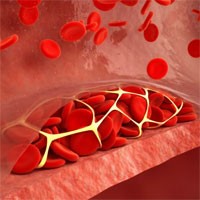
VTE in Critically Ill Adult Patients with Hematologic Malignancy
Among patients with hematologic malignancy, critical illness and certain baseline characteristics were associated with a higher incidence of venous thromboembolism (VTE). Among 76,803 eligible patients (mean age 67 years... read more

Artesunate Treatment in Severely Injured Patients with Traumatic Hemorrhage
In this study of critically injured trauma patients with major hemorrhage, artesunate did not improve organ dysfunction and was potentially associated with an increased VTE risk. Future studies that focus on immune responses... read more
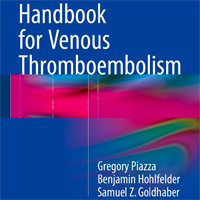
Handbook for Venous Thromboembolism
A truly practical guidebook for anyone who needs the key information on the diagnosis, management and prevention of venous thromboembolism. Specific areas of focus include understanding the risk factors for VTE and the role... read more
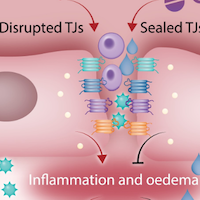
Acute Ischemic Stroke: Recent Advances in Reperfusion Treatment
Stroke is a major clinical challenge. The authors note that during the last 5–7 years, tremendous progress was achieved in the reperfusion treatment of acute ischemic stroke during its first few hours from symptom onset.... read more
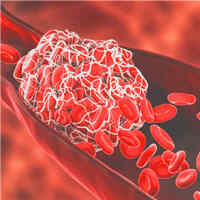
Risk of Serious Blood Clots Up To 6 Months After COVID-19
A study from Sweden finds an increased risk of deep vein thrombosis (a blood clot in the leg) up to three months after COVID-19 infection, pulmonary embolism (a blood clot in the lung) up to six months, and a bleeding event... read more

Anticoagulation Post-Discharge in Patients Hospitalized Secondary to COVID-19
This study contains interesting data that could contribute to the standard of practice when treating patients after hospitalization for COVID-19. However, use caution when applying the results of this study. Several problems... read more

Adult Sepsis Hospitalization and Risk of Subsequent Cardiovascular Events
Adult sepsis survivors experience an increased hazard of major cardiovascular events compared to survivors of a non-sepsis hospitalization. 254,241 adult sepsis survivors were matched to adult survivors of non-sepsis hospitalization... read more
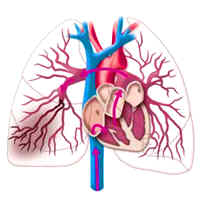
Subsegmental Pulmonary Embolism Increased Rate of Recurrent VTE
Overall, patients with subsegmental pulmonary embolism who did not have proximal deep venous thrombosis had a higher-than-expected rate of recurrent venous thromboembolism (VTE). Recruitment was stopped prematurely because... read more

VTE Diagnosis and Treatment in the COVID-19 Era
This is a very interesting time to be an intensivist with a research interest in blood clots. As such I wanted to use this time to talk about how COVID 19 has changed our approach to diagnostics, therapeutics and even to... read more
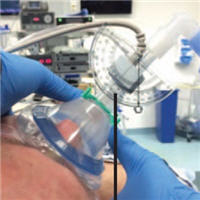
Head Rotation in Anaesthetised Apnoeic Patients Significantly Increases Mask Ventilation Efficiency
Head rotation of 45° in anaesthetised apnoeic adults significantly increases the efficiency of mask ventilation compared with the neutral head position. Head rotation is an effective alternative to improve mask ventilation... read more

Is Daily Enoxaparin Dosing As Good As Twice Daily?
Venous thromboembolism (VTE) remains a big problem for trauma professionals and the patients they take care of. Every trauma center has some sort of VTE prophylaxis protocol for stratifying risk, prescribing mechanical... read more
VTE and COVID-19: Would you like to know more?
Who wouldn't want to know more about a disease that has killed >1 million people to date, worldwide. Who wouldn't want to know more about the thromboembolic risk associated with COVID-19 when we have been told that the VTE... read more
When Should I Worry About a PE in a Patient with COVID-19
PE diagnosis in COVID-19 patients is challenging. Many of the features of PE, such as shortness of breath and hypoxemia, are very common in patients with COVID-19, even in the absence of PE. Further, the diagnostic tests... read more

Post-Hospital VTE in Patients with COVID-19
The authors concluded that the rate of post-hospital venous thromboembolism (VTE) among patients with COVID-19 is low and that routine post-hospital prophylaxis is not necessary. Of the 1,877 hospital admissions with COVID-19... read more




